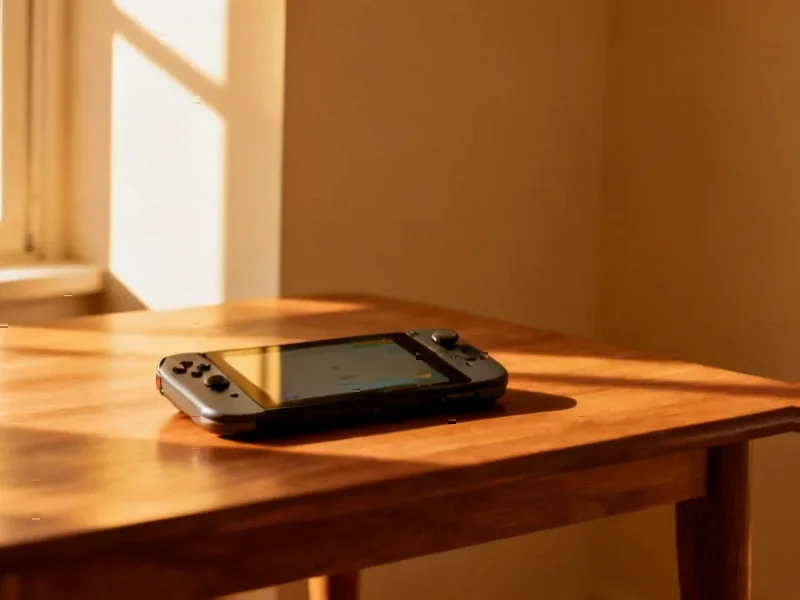According to The Verge, Microsoft is expanding its Xbox Full Screen Experience (FSE) to MSI Claw gaming handhelds as part of the latest Windows 11 Insider Preview Build. The company announced support for “MSI Claw models” today, following the feature’s debut on Xbox Ally devices earlier this month. The FSE provides a console-like navigation experience for Windows PC gaming handhelds, allowing users to access it through Task View and Game Bar or configure their device to launch directly into the interface. Microsoft also revealed that “additional OEMs” will enable FSE on their handhelds in coming months, with Lenovo’s Legion Go 2 confirmed to receive it next year. This expansion represents Microsoft’s continued push into the handheld gaming space despite early reported stability issues.
Table of Contents
Microsoft’s Calculated Handheld Gaming Strategy
Microsoft’s approach to the burgeoning handheld gaming market reveals a sophisticated multi-pronged strategy. Rather than creating their own dedicated hardware like the Xbox console family, they’re leveraging their Windows ecosystem to become the software backbone for third-party manufacturers. This allows them to compete in the space without the massive capital investment and risk of hardware development. The FSE represents Microsoft’s attempt to solve the fundamental tension between Windows’ desktop-oriented interface and the touch-friendly, controller-driven experience that handheld gamers expect. By creating a console-like layer over Windows 11, they’re essentially trying to have the best of both worlds: the flexibility of a full PC and the simplicity of a dedicated gaming device.
The Technical Integration Challenge
The transition from traditional PC gaming to handheld optimization presents significant technical hurdles that Microsoft must overcome. Windows was never designed for the constrained environments of mobile devices, particularly regarding power management and interface scaling. The FSE needs to work seamlessly across diverse hardware configurations from different manufacturers, each with their own custom integrated circuits and thermal solutions. Early reports of stability issues suggest Microsoft is still refining how Windows handles the unique demands of handheld gaming, including quick resume functionality, efficient background process management, and controller-first navigation. The decision to launch through the Windows Insider program indicates they’re treating this as a public beta rather than a finished product.
Shifting Competitive Dynamics
Microsoft’s FSE expansion comes at a critical moment in the handheld gaming market’s evolution. While Steam Deck currently dominates consumer mindshare, the market is fragmenting rapidly with devices like ASUS ROG Ally, Lenovo Legion Go, and now MSI Claw creating a competitive landscape. Microsoft’s software-focused approach allows them to support multiple hardware partners simultaneously, creating a unified ecosystem that could potentially outscale any single hardware manufacturer. This strategy mirrors how Microsoft dominated the PC market in the 1990s by licensing Windows to multiple manufacturers rather than building their own computers. The critical question is whether they can deliver a consistently smooth experience across this hardware diversity, something that has historically challenged Windows on mobile devices.
Broader Market Implications
The success or failure of Microsoft’s FSE initiative could reshape the entire PC gaming handheld market. If successful, it could establish Windows as the default platform for high-end handheld gaming, marginalizing Linux-based alternatives and creating a unified ecosystem for developers. However, the fragmentation across different hardware manufacturers also presents challenges for game optimization and user experience consistency. Microsoft’s gradual rollout to specific devices suggests they’re taking a measured approach to avoid the kind of compatibility nightmares that plagued early Windows Mobile efforts. The coming months will reveal whether this strategy can deliver the polish and reliability that handheld gamers expect, or if Microsoft will need to reconsider their hardware-agnostic approach.



